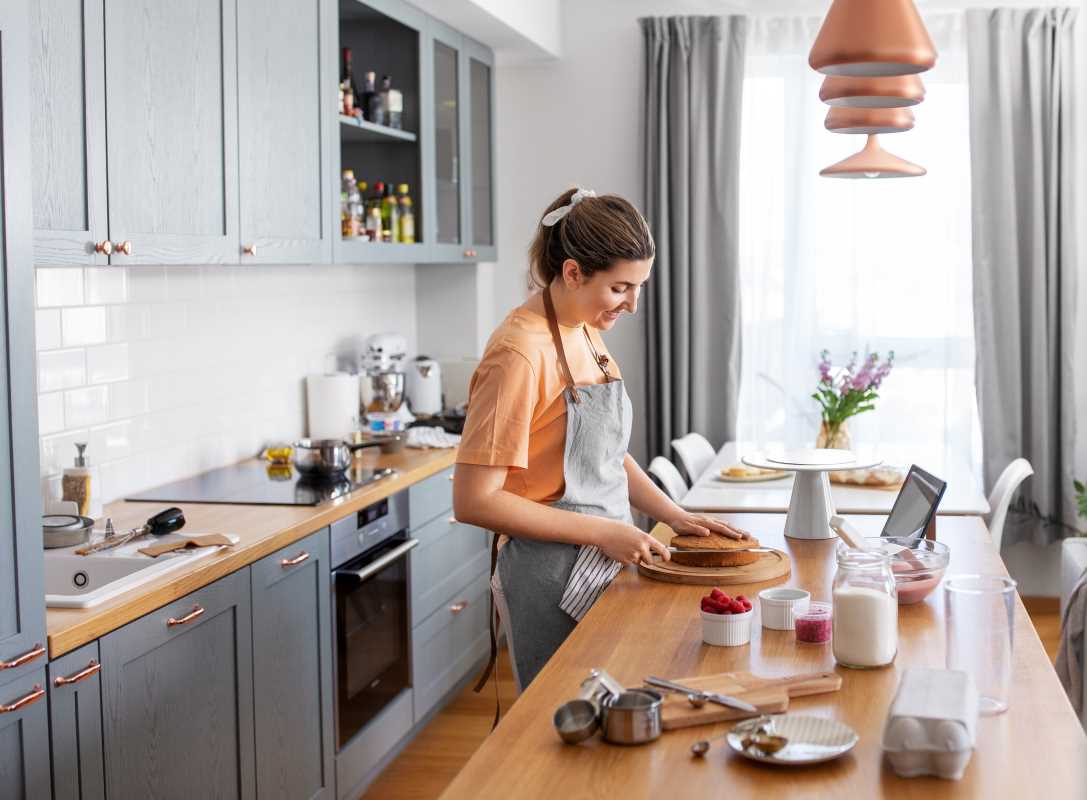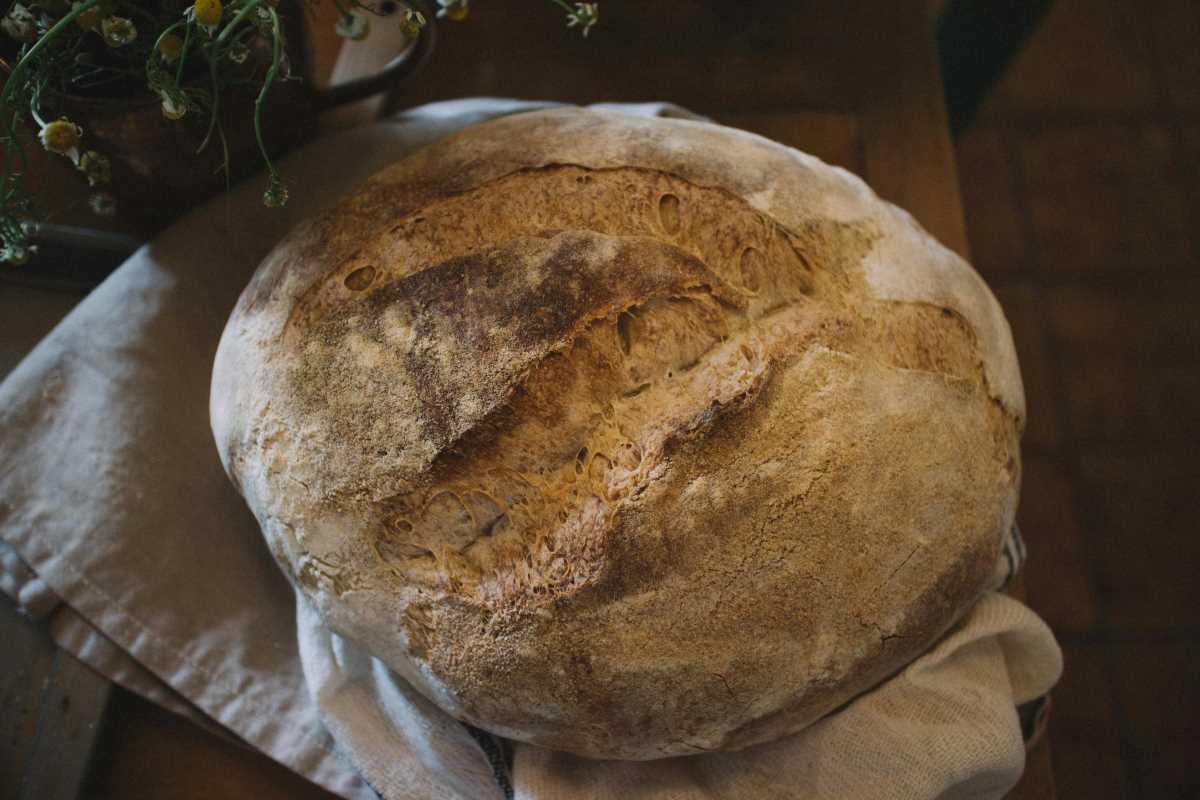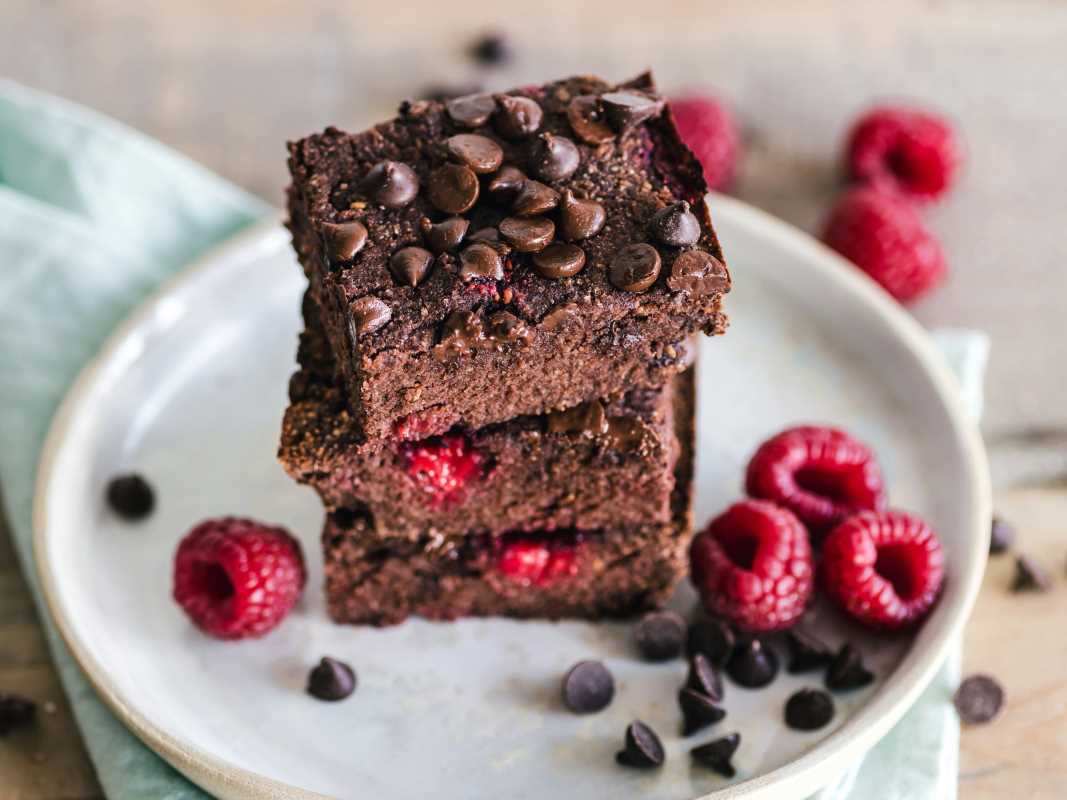Exploring gluten-free baking introduces a delicious variety of new recipes and flavors while supporting those who need or choose to avoid gluten. Many people find joy in using alternative flours and discovering unique combinations that bring familiar treats to life in fresh ways. Baking without gluten shows just how flexible and inventive traditional favorites can become with a few thoughtful changes. This guide shares practical advice and simple techniques designed to help you create baked goods that everyone can enjoy, whether you are new to gluten-free baking or looking to expand your skills in the kitchen.
Savoring the rich heritage of baking, you might find yourself combining influences from around the globe and appreciating the unique textures and aromas that each ingredient brings. Every creation tells a story, and by guiding you through essential facts and creative techniques, this resource invites you to innovate and enjoy your journey in the kitchen.
Understanding Gluten-Free Baking
Many myths and facts surround the world of gluten-free baking. Clearing up these misconceptions will enable you to enjoy a robust variety of baked goods that are both tasty and wholesome.
Consider these key bullet points as a roadmap to common beliefs and truths:
- Myth: Gluten-free products lack flavor. Fact: Clever use of alternative flours and spices creates an intricate taste profile.
- Myth: Gluten-free baking is always dense. Fact: The right mix of ingredients produces soft, airy textures.
- Myth: Gluten-free baking requires exotic ingredients. Fact: Many readily available flours and natural binders provide excellent results.
- Fact: Understanding the role each ingredient plays helps you navigate challenges and improve your recipes.
This section emphasizes that knowledge is power. As you venture further into gluten-free baking, familiarize yourself with the ingredients and techniques that make all the difference.
Using authentic techniques from various cultures allows you to turn every loaf or cake into a masterpiece. Historical recipes reveal how natural ingredients contributed to delicious outcomes in times past.
Key Ingredients for Success
Choosing the right ingredients is essential to creating excellent gluten-free baked goods. Each component influences the structure, flavor, and overall quality of the final product. Here is a numbered list of essentials every baker should keep in mind:
- Almond flour: Adds a nutty flavor and moist texture in cakes and cookies.
- Rice flour: Provides a light base perfect for breads and pastries.
- Cassava flour: Improves binding and gives a smooth texture.
- Tapioca starch: Adds stretch and chewiness, strengthening the dough's structure.
- Xanthan gum: Acts as a binder, keeping your baked creations cohesive.
Thoughtfully combining these ingredients lays the foundation for success in the kitchen. Experimenting with different combinations can lead to delightful discoveries in flavor and texture.
Always consider the role of each ingredient. For example, almond flour imparts a rich taste, but pairing it with rice flour balances the texture. Similarly, adding a touch of cassava flour can be the secret to an outstanding dessert.
Top Baking Tips for Great Results
Effective baking tips remove the stress from preparation and elevate your creations to a higher level. Here are several practical tips that produce remarkable results:
- Measure ingredients carefully. Accuracy matters, especially when working with alternative flours and binders.
- Mix ingredients thoroughly but avoid overmixing. This preserves the light texture in your baked goods.
- Adjust moisture levels. Since gluten-free flours absorb liquids differently, modify amounts based on your recipe.
- Preheat your oven properly. An even temperature creates the right environment for your dough to rise beautifully.
- Use reliable baking tips from experienced experts to refine your technique.
These practical guidelines provide a clear path to successful gluten-free baking. They help you overcome common obstacles and take pride in your culinary creations.
Keep notes on your experiments. Observations and adjustments can serve as a personal cookbook that guides you through recipes tailored to your taste and locally available ingredients.
Common Mistakes and How to Avoid Them
Even experienced bakers make mistakes sometimes. Recognizing where to adjust your approach can be the difference between a disappointing result and a delightful dessert.
Here are common pitfalls along with practical strategies:
- Overmixing the batter can lead to a dense texture. Stir gently to develop less structure.
- Inaccurate measurements affect ingredient balance. Use proper measuring tools for the best results.
- Neglecting to let the batter rest. Allow gluten-free dough to relax to improve the final texture.
- Assuming all gluten-free flours perform the same. Test various combinations to find the best fit for your recipe.
- Ignoring oven temperature. Confirm that your appliance heats evenly before starting your bake.
By understanding and fixing these common mistakes, you set yourself up for more reliable and delicious outcomes.
Avoid rushing through steps in your recipes. Instead, dedicate time to prepare each ingredient and tool carefully, ensuring each part of the process positively influences the overall result.
Creative Flavor Boosts and Texture Tricks
Beyond the basics, creative approaches to flavor and texture distinguish your gluten-free baked goods from the ordinary. Combining infused flavors and delicate textures often reflects world culinary traditions.
Try integrating spices and extracts from different cultures. A touch of saffron can elevate a simple bread into a luxurious, fragrant treat, while a dash of cardamom adds an unexpected twist to cookies and cakes. These international influences create a unique palate that celebrates both tradition and innovation.
For texture enhancements, consider these ideas:
- Mix in dried fruits or nuts for extra crunch and natural sweetness. Dried apricots or walnuts can enhance your muffins or pastries.
- Swirl in fruit purees to add moisture and color variations. This technique works well in layered cakes or quick breads.
- Experiment with different fats, such as butter or coconut oil, to adjust richness while keeping the texture light.
- Add a light sprinkle of sea salt. It enhances the sweetness in desserts and adds depth to savory breads.
These creative ideas can inspire you to combine traditional recipes with modern touches that expand the sensory pleasure of baking.
Using culinary traditions from around the world, these flavor and texture tips promote an inclusive approach that celebrates diversity and opens up exciting possibilities in your kitchen.
 (Image via
(Image via





